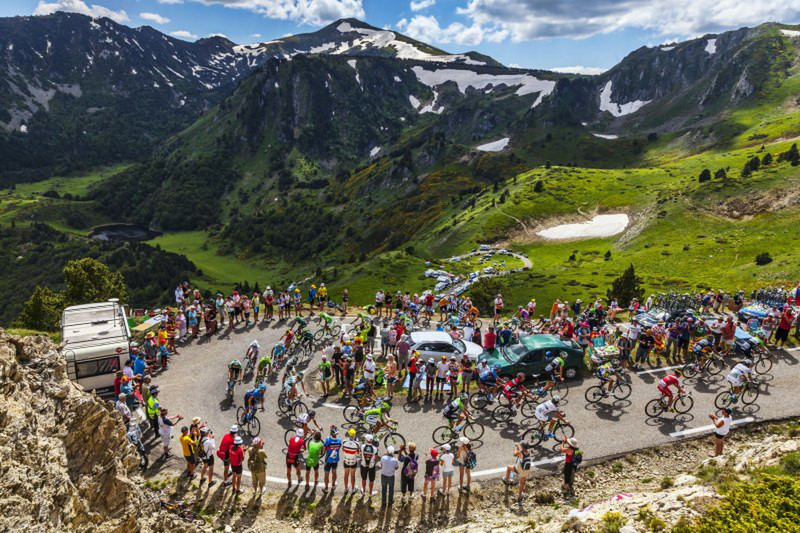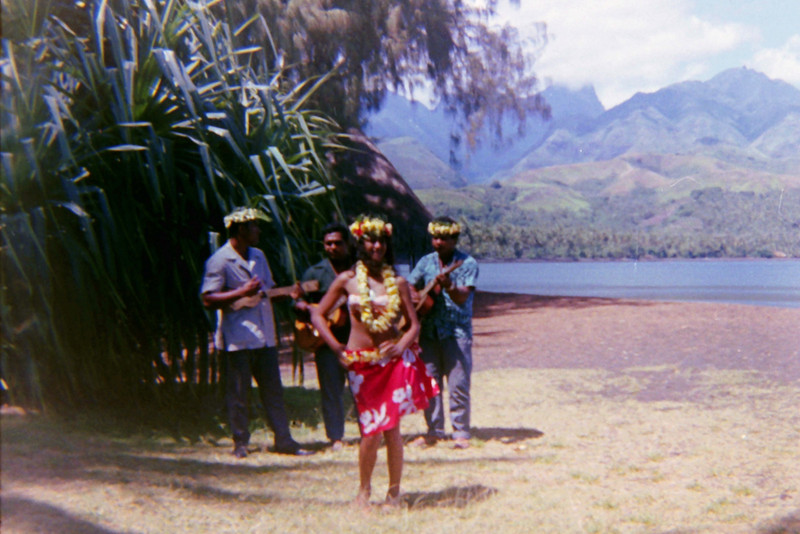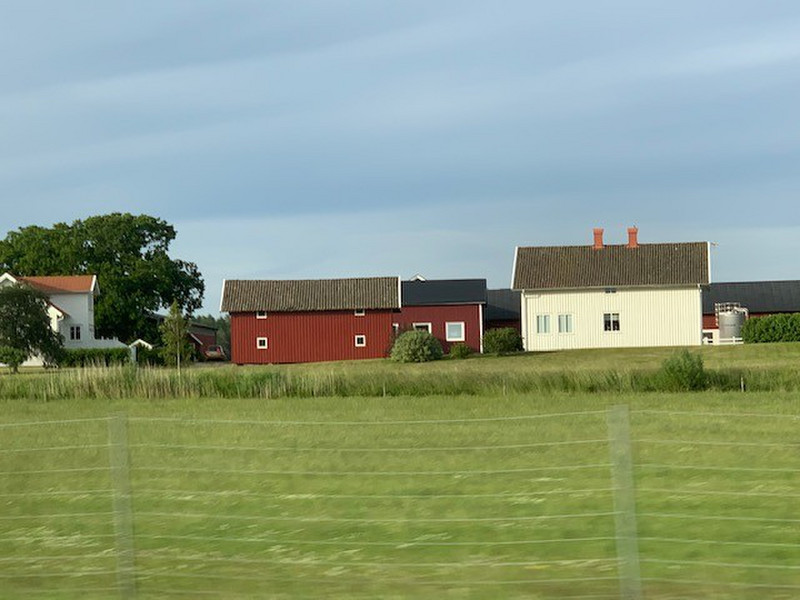Much like other sports, this years Tour de France has been postponed from June to August 29, 2020, through September 20. And needless to say, it is the premier cycling event of the year, eclipsing even Olympic year cycling events. And for many years, I had absolutely zero interest in the race, due to doping and various forms of cheating. Now that I am a cyclist, and the sport is a bit cleaner, I have a fan. I record every stage, watch them religiously, as only a cyclist would and can do, particularly during the pandemic. I do envy the stamina of the riders, though I would never subject myself to that abuse.
This years race will be 2,156 miles, or 3,470 kilometers. Just I try to ride between 25 and 30 miles a day, perhaps three to four times a week. The race is divided into 21 stages, nine flat, three hilly, seven mountain, and two individual time trials. In between will be only two rest days. Also, importantly, this years race will utilize a bubble as part of their measures. The crowd will be asked to wear masks, social distance, refrain
form selfies and autographs. The norm pageantry of the awards after each stage will also be rather subdued.
Again, it is almost incredible that upwards of 3.5 billion people will tune in to this event. Normally, about TWELVE million spectators line the routes, whether on the Champs Elysees, or the Alps. And it is FREE! The race involves 22 teams, of nine riders each (total 198 cyclists). They usually each have both a star sprinter, and in the general classification, or the overall race. The sprint generally involves the flat stages, and bonus points along the route. The star sprinter is my cycling favorite, Slovakias Peter Sagan, who has won most of the last decade of sprint titles (green jersey) at the TDF. The winner of the race receives about $500,000. Each stage is about 225 kilometers in length, taking about 5.5 hours Each of the 22 stages has a winner, with the lowest cumulative time winning the overall title.
Each stage winner gets a yellow jersey. The overall leader also gets to wear a yellow jersey in the race. The top sprinter gets to wear a green jersey, and
the best climber wears a white jersey with large red polka dots. I would prefer wearing the green jersey of the best sprinter! Each race is unique, and involve fairly detailed strategy and advanced planning for the terrain.
Almost every race begins in a ceremonial fashion. It quickly moves into a breakaway, where a few riders, anywhere from a handful to perhaps as large as 15, take off ahead of the peloton. Almost always, the peloton catches the breakaway before the finish line. Attacks occur generally on hilly or mountainous terrain, where a rider tries to break away from either the peloton or the breakaway group. The element of surprise is often their ally. Teamwork is very important, as are the support vehicles with extra bicycles, food, water, and medical assistance. Sprinters often position themselves on the flat stages to make a strong run at the end of the race. They use various techniques, such as slipstreaming to position themselves for the final meters of the race.
Again, the king of the sprints, Peter Sagan, is highly skilled in both strategy and sprint speed. Sprinters, with a different body type, generally do not excel at climbing. groups or teams try to both control the pace, and protect their lead rider, whether a sprinter or climber. They keep the lead rider safe, and allow him to slip stream during the race to save energy. The reduced wind resistance is a big factor in the final sprints and climbs in the mountains.
Some other terms used:Grand Dpart — The first stage of Tour de France.Peloton — French for group. Peloton is the main group of cyclists who ride together for coherence.Breakaway — A rider or group of riders who have broken away to lead the race.Slipstreaming — Riding close behind another rider in order to benefit from almost no air resistance.Bonking — Also known as hit the wall.









